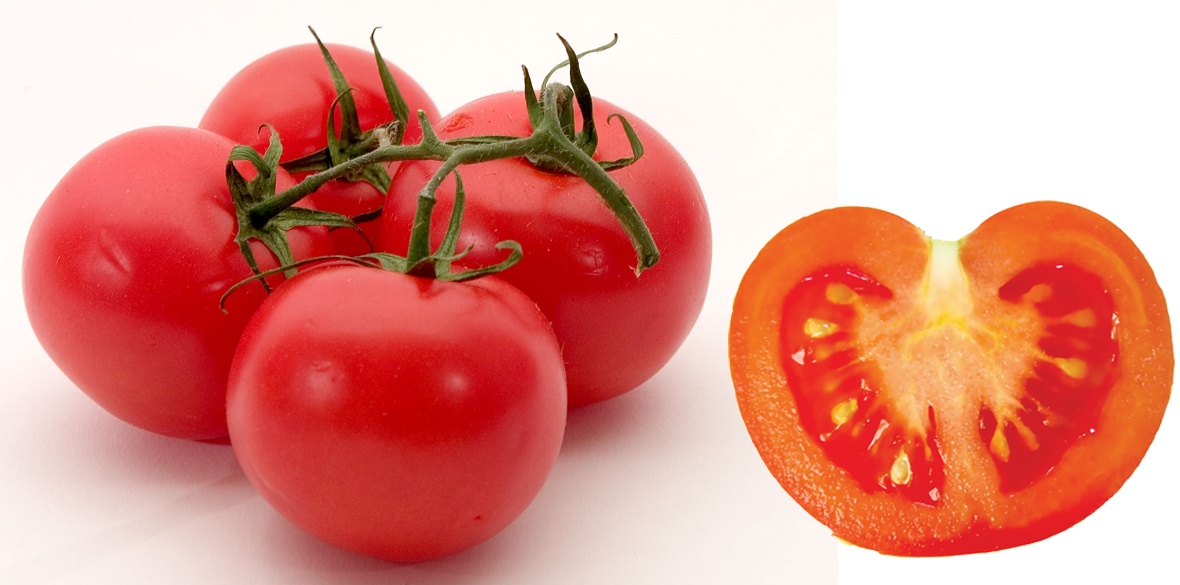This is the last article you can read this month
You can read more article this month
You can read more articles this month
Sorry your limit is up for this month
Reset on:
Please help support the Morning Star by subscribing here
WHILE you’re going through the seed catalogues this winter it’s worth making your choices with one eye on seed saving.
Gardeners who keep seeds from one year’s crop in order to sow them again the following year do so for three main reasons.
First, of course, it saves money; your own seeds will cost you nothing, while a bought packet of, say, lettuce seeds these days can easily cost more than £2.
Second, many people want to keep a particular vegetable going from year to year because they like the taste, or because it grows well in their garden. It may even be a family heirloom, perhaps a reminder of the old country.
The third reason is one I’m going to ignore here: helping to maintain genetic diversity by keeping alive varieties or cultivars that are no longer, or have never been, commercially available.
Keeping saved seed pure is a slightly more complicated business than just saving it for your own use. It’s not difficult, as such, but you’d be wise to read up on it before attempting it.
The first rule of simple seed saving is not to bother with any seed that has “F1” in the name. They are specially bred hybrids, and they don’t “breed true” — that is, the progeny are not identical to the parent plant. Open-pollinated seeds, the non-F1 types, are the ones to save.
If you’re trying seed saving for the first time, tomatoes are the perfect crop to begin with.
The toms you grow are very unlikely to cross pollinate with others being raised nearby. I’m not judging anybody here, but some vegetables are promiscuous over a wide area.
Tomatoes tend to keep themselves to themselves. You won’t need to go to any lengths trying to keep the seed pure.
Choose a really healthy looking plant and as the toms begin to ripen earmark the ones you’re going to take seed from. Let those fruit get just slightly riper than would be ideal for eating.
Pick the fruits, cut them in half, and squeeze all the jelly and seeds into a jar containing about an inch of water. Put that in a warm place for three or four days. If all is well, the jelly ferments and a mat of mould develops on the surface. It looks alarming, but is in fact all part of the plan.
This fermentation kills many of the diseases which might otherwise have been carried over in the seeds.
Wash the contents of the jar in a sieve under running water, gently pushing as necessary to get rid of anything which isn’t a seed.
Place the clean seeds on a piece of kitchen towel to start drying and then onto a non-stick surface like china. Let them dry thoroughly for two or three weeks in warmth, but out of direct sunlight.
Put the seeds in a paper envelope, label them, and keep them somewhere with air that is reasonably dry and consistent in temperature. They’ll easily last four years.









